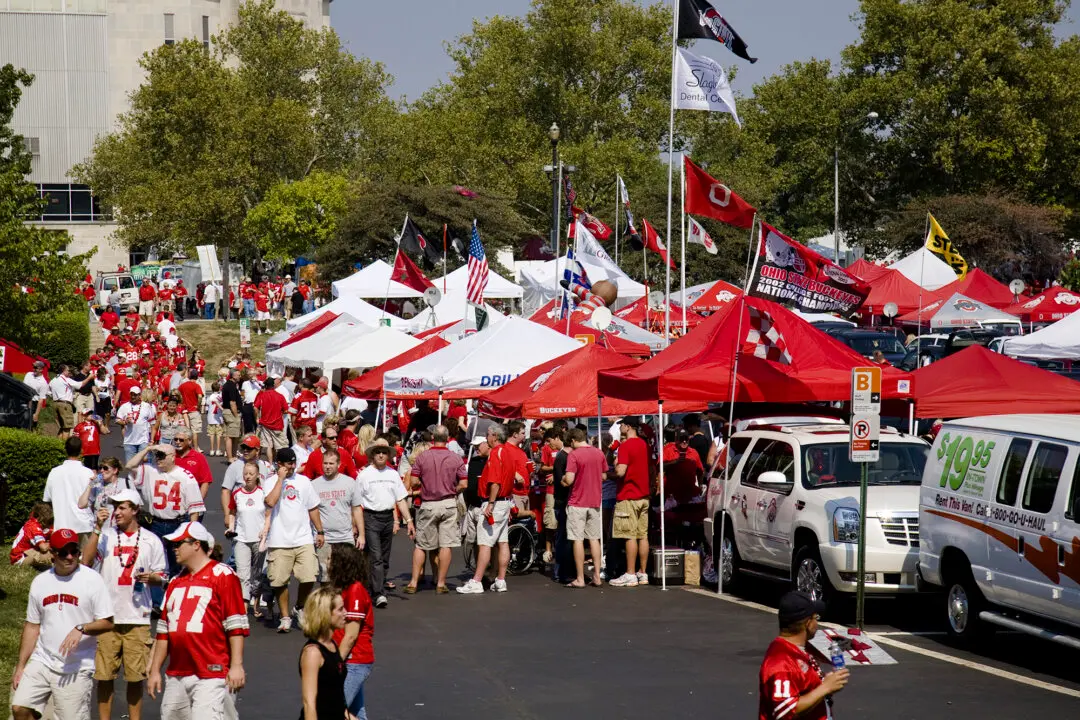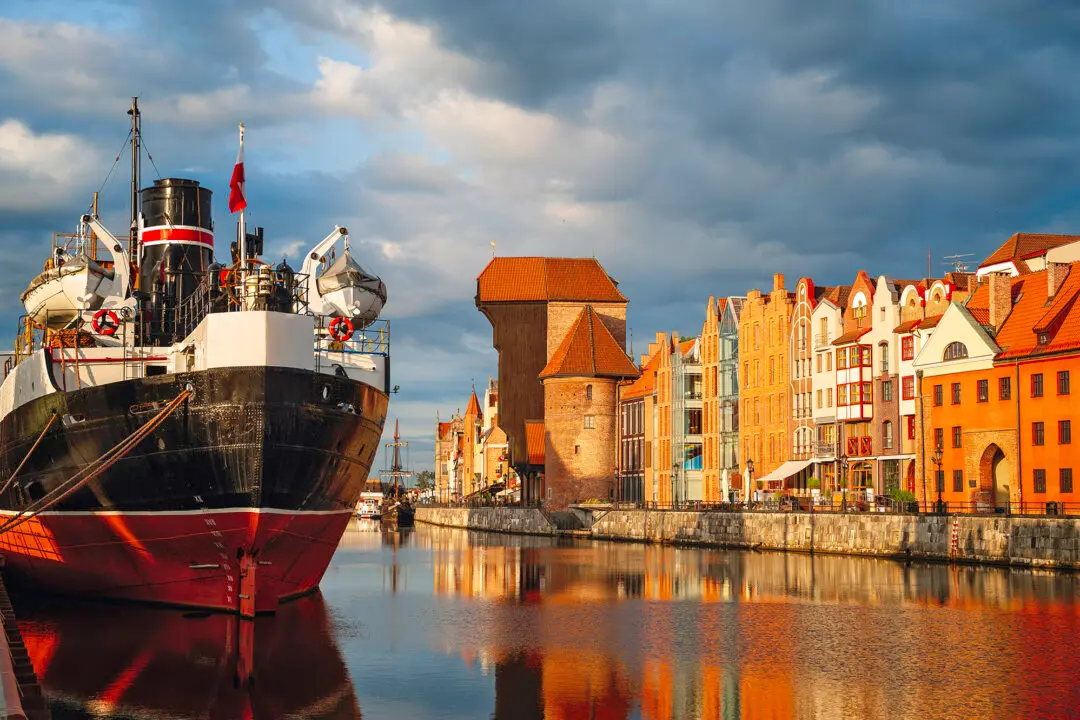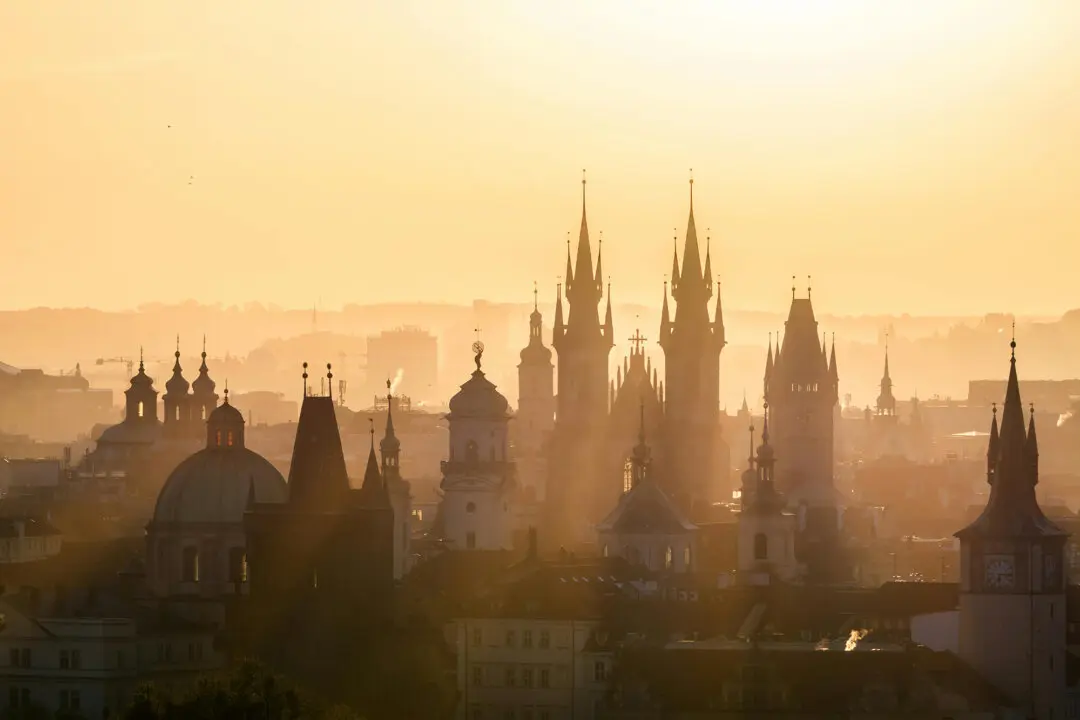Amsterdam, the capital of the Netherlands, is one of the most popular destinations on earth. With travelers returning to Europe in droves, it is again flooded with tourists, people eager to experience its famous charm, walking down dozens of storybook canals, cruising under bridges and past houseboats on aquatic tours, heading to the Rijksmuseum to spend time with Rembrandt.
But few make time for Rotterdam. Less than 40 minutes south of the capital by fast train, Holland’s second city is something else entirely, in all the best ways. This city of about 650,000 invites you to discover, without expectations. A trip here feels like a visit to the future, every turn bringing a new surprise, a novel architectural wonder. Denizens are diverse, drawn from across the globe, creating a culinary culture that goes well beyond stroopwafels. And as you walk the streets, visiting shops and restaurants and cafes, you’ll notice that people aren’t so jaded, as they often are in major tourist destinations. Visitors here are usually welcomed as guests, and the locals are happy that you’re taking the time to experience their remarkable city.





